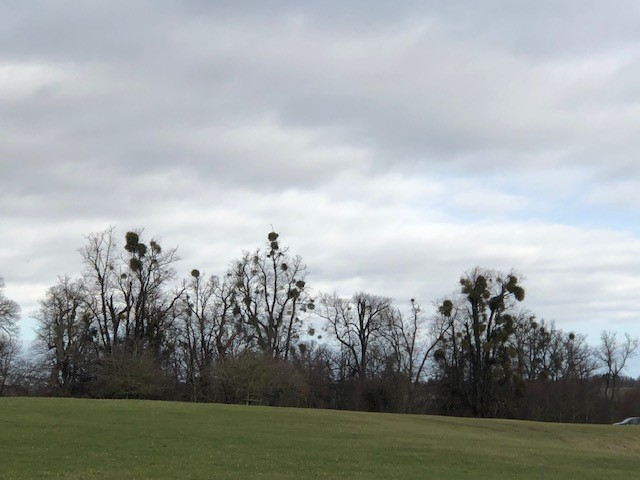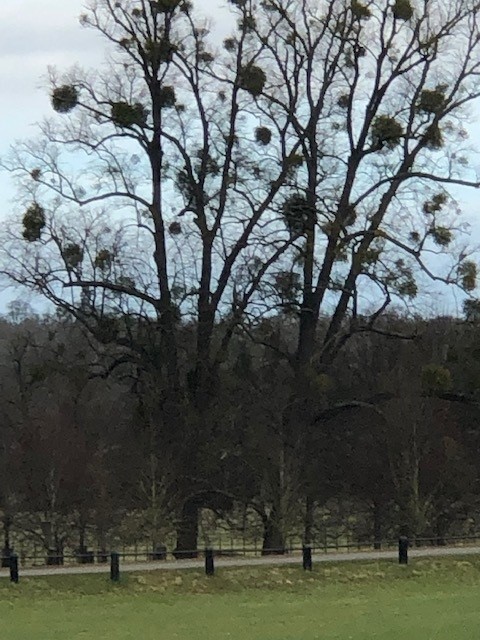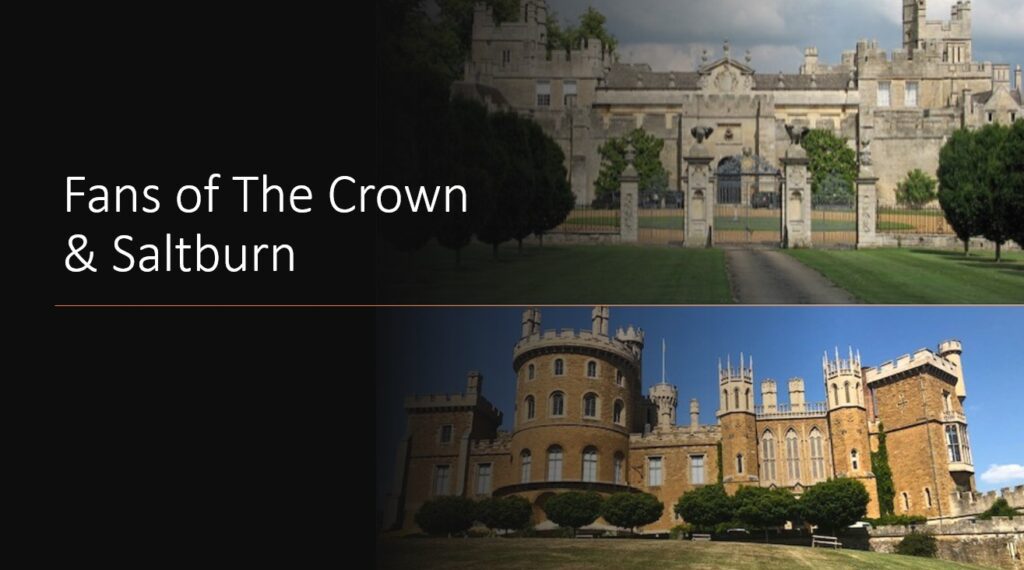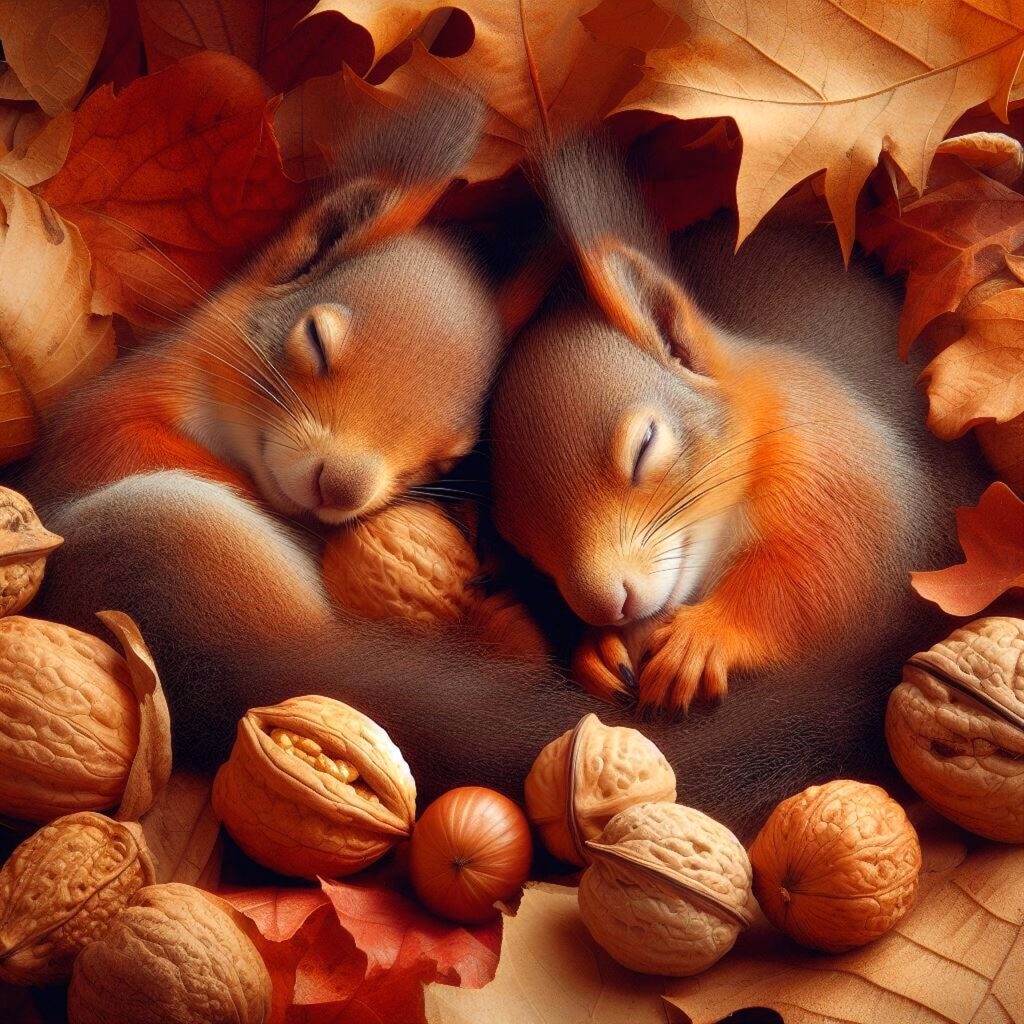Mistletoe Myths


During a recent walk in Burghley Park with my dog I was surprised at how many trees were playing host to mistletoe. The evergreen clusters of the mistletoe attached to the bare branches of the trees caught my eye shining in the breeze. On closer inspection of the evergreen plant, you could see its distinctive forked branches and symmetrical evergreen leaves. The pearlescent white berries were still intact and had not been eaten by the hungry birds.
The plant is ‘hemiparasitic’, which means it takes some of its food from another plant. Although it uses the water and nutrients from the host tree it rarely kills it. It can take up to five years for plants to reach berrying size.
Historically, mistletoe represents romance, fertility, and vitality. The Celtic Druids valued mistletoe for its healing properties, and it is likely they were among the first to decorate with it. Due to its links with Paganism, you are unlikely to see mistletoe in Churches. The Pagans believed it had magical powers and used it for rituals. Kissing under the Mistletoe has been linked to Norse mythology although its exact origins are unknown but can be traced back to 1784.
Written by Lindsay Stuart


















